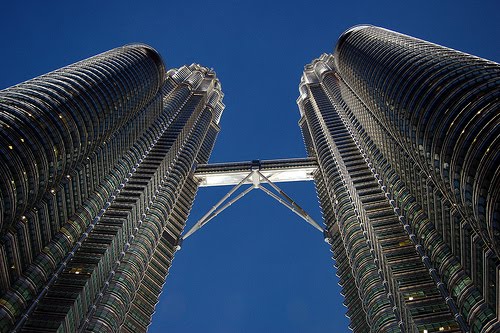“Sulat”, my photo of Bulan poring over a map of Region II in black and white, was selected as the flickristasindios Photo of the Day for December 30, 2009. jobarracuda (aka Oliver Pensica, Jr.) commented that “the composition, B&W tone, and the story behind [the] image are all great”. Which is probably the reason why it was selected as the POTD.
The inside story? I ran out of images to upload so I decided to shot a complimentary Region II map where my photo of Balete Pass (formerly Dalton Pass) along the Nueva Ecija-Nueva Vizcaya boundary in the Caraballo Mountain range was published. I did several angles one of which is Bulan sitting in our backdoor poring over the map with my retired Olympus Camedia in the foreground. I thought the door was a perfect frame and nicely complimented by a contrast of bright outdoor light and dark indoor shadows. A little tweaking with picnik also helped achieve the desired effect.
.jpg)
The inside story? I ran out of images to upload so I decided to shot a complimentary Region II map where my photo of Balete Pass (formerly Dalton Pass) along the Nueva Ecija-Nueva Vizcaya boundary in the Caraballo Mountain range was published. I did several angles one of which is Bulan sitting in our backdoor poring over the map with my retired Olympus Camedia in the foreground. I thought the door was a perfect frame and nicely complimented by a contrast of bright outdoor light and dark indoor shadows. A little tweaking with picnik also helped achieve the desired effect.
.jpg)




















.jpg)
.jpg)
.jpg)













.jpg)








